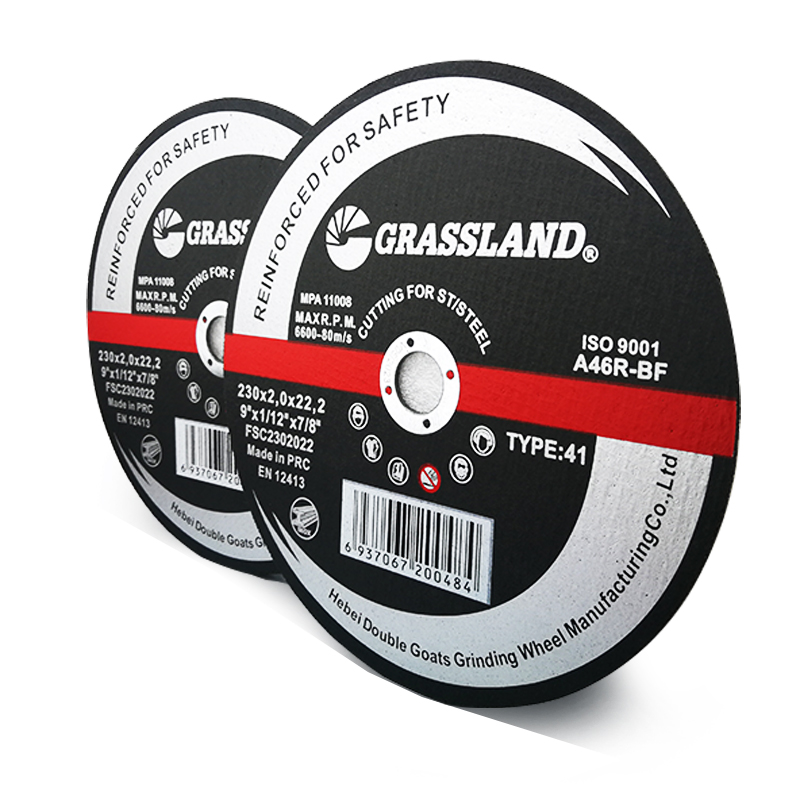The Ultimate Guide to Metal Cutting Discs Types, Uses, and Best Practices
Metal cutting discs, often referred to as abrasive discs, are essential tools in metalworking, fabrication, and construction industries. These circular tools are designed to slice through metal, allowing for precise cuts and efficient material removal. In this article, we will explore the various types of metal cutting discs, their applications, and some best practices for their use.
Types of Metal Cutting Discs
Metal cutting discs can be categorized based on their material composition and intended application. The most common types include
1. Abrasive Discs Made from tough materials like aluminum oxide or zirconia, these discs are suitable for cutting softer metals like steel and aluminum. They work by grinding away the metal surface, making them ideal for general-purpose cutting.
2. Diamond Blades These discs feature a diamond-encrusted edge, allowing them to cut through hard materials with ease, including stainless steel and reinforced concrete. Diamond blades are particularly valuable in construction and industrial applications where precision is paramount.
3. Ceramic Discs Made from advanced ceramic materials, these discs offer superior longevity and cutting performance. They can be used on a variety of metals, including exotic alloys, making them a versatile option for industrial machining.
4. Thin Wall Cut-off Discs Known for their lightweight and thin profile, these discs minimize material wastage and are ideal for making clean cuts in sheet metal and thin-walled pipes. Their design allows for faster cutting speeds, making them popular among fabricators.
5. Heavy-Duty Cut-off Discs Designed for rigorous applications, these discs are thicker and can withstand high-pressure cutting tasks. They are typically used in industrial settings where durable and reliable tools are required for high-volume cutting.
Applications of Metal Cutting Discs
Metal cutting discs have a wide range of applications across various industries. Some primary uses include
- Fabrication and Welding Metal cutting discs are frequently used in fabrication shops to cut structural steel, stainless steel, and other materials used in constructing frames, fixtures, and supports.
discos de corte para metal

- Construction Contractors use cutting discs when working with metals in buildings, bridges, and other infrastructures. From cutting rebar to shaping metal components, these discs are crucial for quick and efficient work.
- Automotive Repair In auto repair shops, metal cutting discs are used to cut through vehicle frames, exhausts, and other metal parts. Their precision helps achieve clean cuts, which are essential in repairs and modifications.
- Plumbing Plumbers often rely on cutting discs to modify and install metal pipes quickly. Thin wall cut-off discs, in particular, are invaluable for cutting through plumbing materials with minimal fuss.
Best Practices for Using Metal Cutting Discs
To maximize the efficiency and longevity of metal cutting discs, it’s crucial to follow some best practices
1. Choose the Right Disc Always select the appropriate type and size of disc for the material you are working with. Using the wrong disc can lead to poor cutting performance and increased wear.
2. Maintain Proper Speed Ensure your cutting tool is set to the recommended RPM for the disc you are using. Over-speeding can cause the disc to fracture, while under-speeding may lead to inefficient cutting.
3. Use the Correct Angle Position the disc at the appropriate angle relative to the material being cut. Typically, an angle of 15-30 degrees is ideal for achieving a clean cut without excessive wear.
4. Wear Protective Gear Always prioritize safety by wearing appropriate personal protective equipment (PPE), including goggles, gloves, and ear protection. Sparks and debris can pose significant hazards during cutting operations.
5. Store and Handle Discs Properly Keep your metal cutting discs in a dry, cool place to prevent damage or degradation. Avoid dropping them or exposing them to extreme conditions, which can compromise their integrity.
In conclusion, metal cutting discs are an indispensable part of metalworking and construction. Understanding the different types available and their specific applications can significantly enhance productivity and safety in your projects. Adhering to best practices will ensure that these tools remain effective and durable, allowing for precision cuts that meet the demands of your work. Whether you're a hobbyist or a professional tradesperson, investing in quality metal cutting discs is a sure way to optimize your metal cutting tasks.
Post time:Dec - 05 - 2024

















